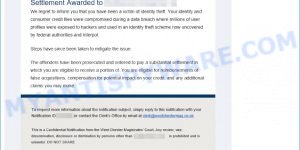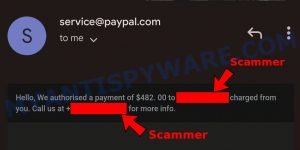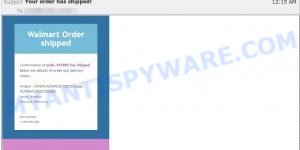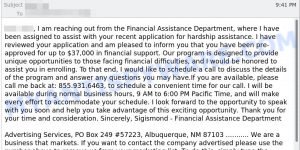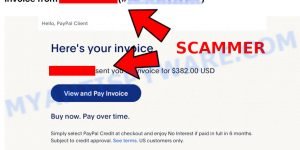9300120111410471677884 is a fresh bogus tracking number making rounds on the internet. Scammers are craftily using it, masquerading as the USPS, and alerting recipients about supposed delivery hitches. When you respond to their prompts, you’re directed to phony USPS websites that can look startlingly real. This article dives into the nitty-gritty of this deceptive tactic and offers strategies to dodge such traps. Keep reading to arm yourself against these online schemes and safeguard your personal information. 🚫📩📦
![]()
Table of Contents
Is 9300120111410471677884 Tracking Number Fake? 🕵️♂️
Yes, 9300120111410471677884 is a fake USPS tracking number, similar to other fake tracking numbers (9300120111410471367725, US9524901144737, 9300120111410471677883, …) used in phishing and scam attempts. Scammers often use such tracking numbers to send deceptive messages and emails, posing as legitimate organizations like USPS, FedEx, or other courier services.
A typical 9300120111410471677884 USPS Scam text reads as follows:
The USPS package has arrived at the warehouse and cannot be delivered due to incomplete address information. Please confirm your address in the link.
www.uspssyw.top
(Please click the link to open)
The USPS team wishes you a great day!
Here are some telltale signs that indicate 9300120111410471677884 is a fake tracking number:
- Unsolicited Messages: Scammers commonly send unsolicited messages or emails claiming there’s an issue with a package delivery, which may include a tracking number like 9300120111410471677884.
- Suspicious URLs: The messages often contain links to websites that closely mimic the official websites of reputable courier services. These fake websites aim to trick users into providing personal information or downloading malware. 🌐🚫
- Urgent Requests: Scammers create a sense of urgency, urging recipients to take immediate action, such as clicking on a link to “resolve” the supposed delivery issue. ⏰🚨
- Spelling and Grammar Errors: Scam messages often contain spelling and grammatical errors, which can be a red flag. 📝❌
- Requests for Personal Information: Legitimate courier services do not typically request sensitive personal or financial information through unsolicited messages or emails. 📦🔒
Given these indicators, it’s essential to exercise caution when you receive messages or emails related to package deliveries, especially if they include tracking numbers like 9300120111410471677884. Always verify the legitimacy of such messages, avoid clicking on suspicious links, and consider reporting the scam to the relevant authorities to help protect yourself and others from falling victim to online scams. 🚫🤔👀
How the 9300120111410471677884 Scam Works 🚨
The 9300120111410471677884 scam falls under the category of phishing scams. Phishing scams involve tricking individuals into revealing sensitive information or downloading malware by posing as trustworthy entities. In this case, scammers impersonate USPS to exploit package delivery concerns.
Messages Used by Scammers
Scammers initiate this scam by sending unsolicited text messages or emails to potential victims. These messages typically claim there’s a problem with a package delivery associated with the tracking number 9300120111410471677884. To add urgency, they may mention the need for immediate action.
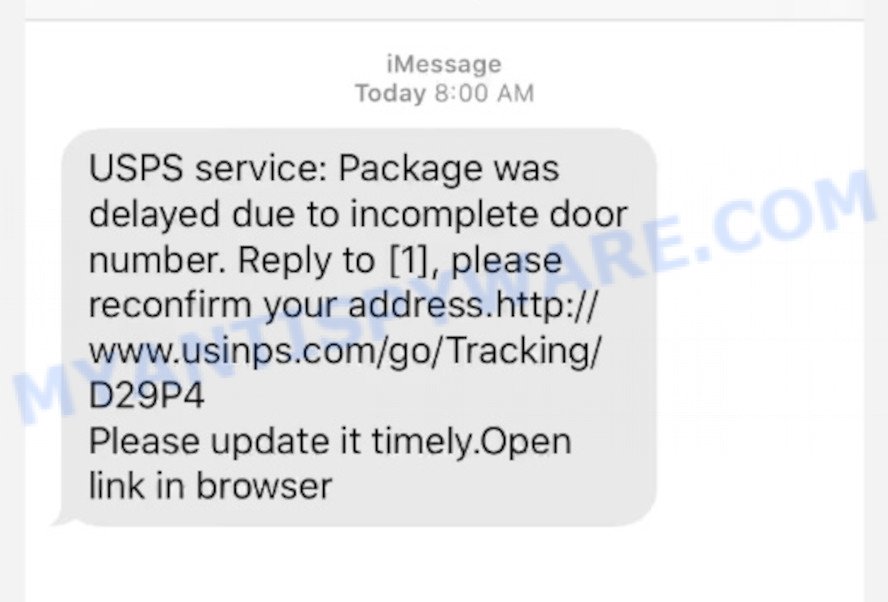
Fake Sites Presented as USPS
The messages contain links that redirect recipients to fake USPS websites, closely resembling the official USPS site. These counterfeit sites are designed to deceive users and collect their personal information and payment card details under the pretext of scheduling a redelivery.
![]()
Why They Are Dangerous:
- Data Collection: These fake sites are dangerous as they aim to collect personal information, including names, addresses, and contact details, which can be exploited for identity theft or other fraudulent activities.
- Financial Information Theft: Scammers may deceive victims into entering their payment card details, claiming it’s required for rescheduling delivery. This information can then be used for unauthorized transactions or fraud.
VirusTotal flagged a fake USPS website as phishing:
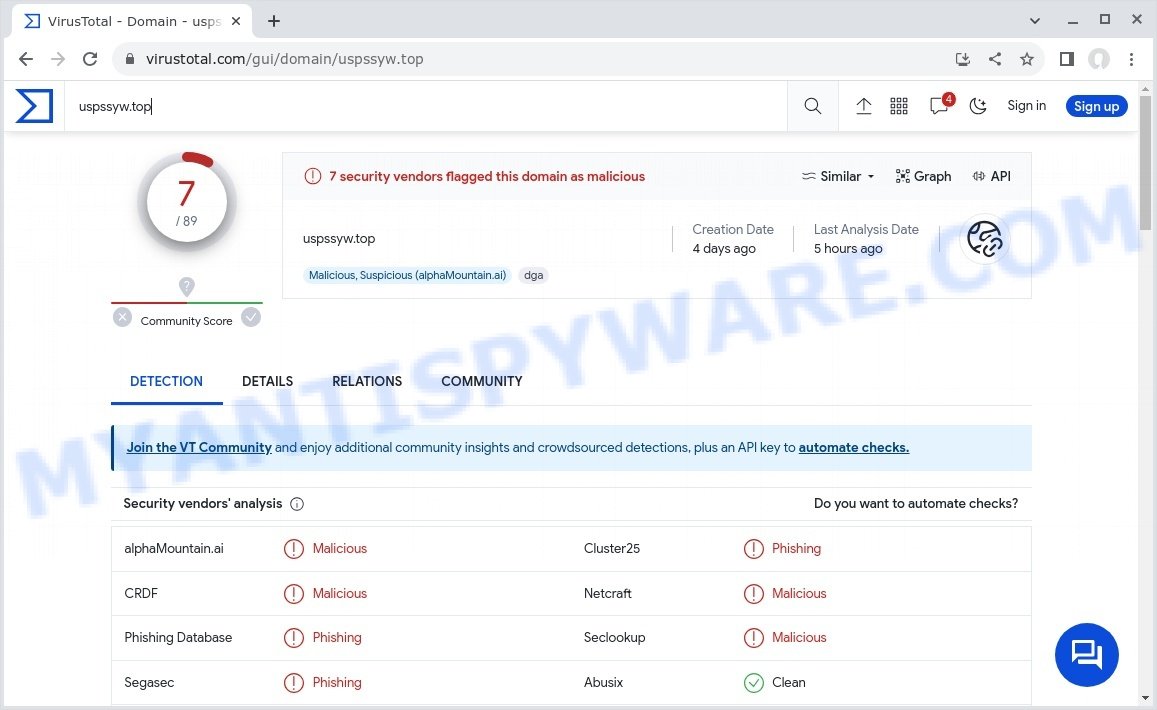
The 9300120111410471677884 scam leverages phishing techniques to exploit package delivery concerns. Recipients should exercise caution when receiving unsolicited messages, especially those containing tracking numbers. Avoid clicking on suspicious links, and never provide personal or financial information without verifying the legitimacy of the request. Staying informed and vigilant is crucial to thwart these phishing attempts and protect your online security. 🚫📦🔒
What to Do If Scammed 😱
If you think you’ve been tricked by the 9300120111410471677884 scam, don’t panic! Here are some steps you can take:
1. Stop All Interaction 🛑
If you’re still in contact with the scam website, stop immediately. Don’t provide any more information.
2. Alert Your Bank 💳
Contact your bank or credit card provider right away to tell them what happened. They can help you take steps to protect your account.
3. Change Passwords 🔒
Change the passwords for your online accounts, especially for email and any financial services you use.
4. Monitor Your Accounts 👀
Keep a close eye on your bank and credit card statements for any strange transactions.
5. File a Report 🚨
Report the scam to the US Postal Inspection Service at https://www.uspis.gov/report, the Federal Trade Commission (FTC) at reportfraud.ftc.gov and to the Internet Crime Complaint Center (IC3) at ic3.gov. This helps stop the scammers and protects others.
6. Alert Others 🗣️
Tell your friends and family about the scam so they can be on the lookout and not fall for the same trick.
7. Be Extra Cautious Moving Forward ⚠️
Use this experience as a lesson. Always double-check any unexpected messages about deliveries or fees, especially if they ask you for personal information or money.
Examples of such scams
Unfortunately, the 9300120111410471677884 Scam is not the only one of its kind. There are several other similar scams that fraudsters use to trick people into giving away their personal information and money. In this section, we will take a look at some of the other scams that you need to be aware of. By being informed, you can better protect yourself and your loved ones from falling victim to these scams.
Here are some examples of such scams: Geek Squad Email Scam, I RECORDED YOU Email Scam, and Financial Hardship Department Scam Email.
- Cash Settlement Awarded Email Scam
- BNC Billing Canceled Invoice PayPal Email Scam
- Walmart Order Shipped Email Scam
- Financial Assistance Department Email Scam
- Avira Assistance PayPal Scam Invoice Email
How to Avoid Falling Victim to Similar Scams 🛡️
Scams like the 9300120111410471677884 Scam may come and go, but new ones pop up all the time. Here’s how you can stay safe:
1. Watch the Language 📝
Scams often have typos and weird phrases. Real companies use good spelling and grammar.
2. Check the Source 🧐
Don’t click links in the message. Go to the real company’s website yourself and ask them if the message is true.
3. Who Are They Talking To? 🤔
Real companies will call you by your name, not “Dear customer”. Watch out for vague names in the message.
4. Don’t Rush 🕰️
Scammers want you to act fast without thinking. Take your time before you click any links or give info.
5. Check the Links 🖱️
Hover over links to see where they really go. The real URL will show up at the bottom-left of your browser. Make sure it starts with “https://” and matches the company’s real website. For extra safety, use a URL checker tool online (urlscan.io) to make sure the link isn’t known for scams.
6. Keep Personal Info Safe 🔒
Never give passwords, credit card numbers, or Social Security numbers in an email or text.
7. Use Security Tools 🔐
Use antivirus software and turn on a firewall. These can spot scams and block bad websites.
8. Block Spam 🚫
Set your email to filter out scam messages so you don’t even see them.
By following these tips, you can better protect yourself from falling for scams like these in the future. 🛡️
Threat Summary
| Name | 9300120111410471677884 USPS Tracking Scam |
| Fake Tracking Number Used | 9300120111410471677884 |
| Initial Contact Method | Unsolicited text messages (SMS, Email) |
| Fake Website Appearance | Mimics the official USPS site |
| Common Fake URLs | uspssyw.top, etc. |
| Scammer’s Objective | Harvest personal data, financial information, or facilitate the download of harmful malware |
| Deceptive Technique | Notifies about a delivery issue, prompting users to ‘Schedule a Redelivery’ |
| Defensive Measures | Double-check URLs, avoid clicking on unsolicited links, manually enter the official USPS website |
| Recommended Action | Report the scam to the USPS and the FTC (Federal Trade Commission) at reportfraud.ftc.gov. |
| In-Depth Explanation Source | ‘USPS Redelivery Text Scam: What It Is and How to Protect Yourself‘ article |
Conclusion
In conclusion, the 9300120111410471677884 scam is a clear example of a phishing scheme that preys on individuals’ concerns about package deliveries. It involves deceptive messages, fake USPS websites, and a nefarious intent to collect personal data and financial information. To stay safe, remember to always exercise caution when receiving unsolicited messages or emails, particularly those containing tracking numbers. Avoid clicking on suspicious links and never share personal or financial details without verifying the legitimacy of the request.
